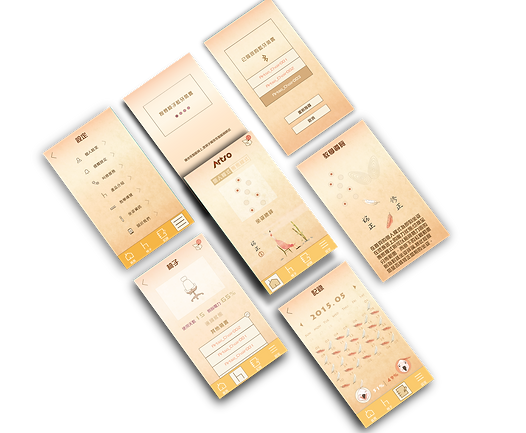
Ergonomics
x Chair
Sit Straight and Behave
Pain Points /
Our client, Artso, a leading manufacturing company in Asia, has designed a human-centered ergonomic chair. The aim is to help users adjust their seating posture to prevent potential injuries. Named "Ergonomics," the chair's purpose is clear from its name. The chair connects to a mobile app via Bluetooth, allowing users to monitor their posture and receive alerts if they sit too long without changing position. Eight sensors embedded in the cushion detect uneven weight distribution and translate this pressure into data, which is then transmitted to the app. This complex process occurs almost instantaneously.
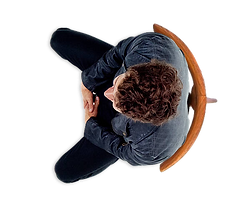
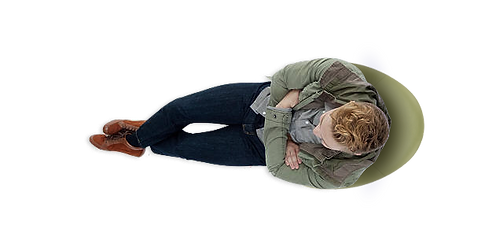
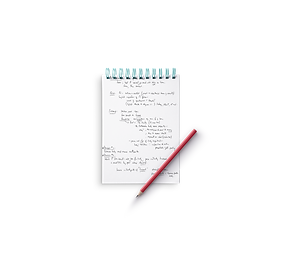
20%
Seating Posture Video Recording
We recorded video footage of 100 individuals seated in a chair for about an hour each. From this footage, we analyzed and identified the 24 most common seating postures based on recommendations from our orthopedist.
Stakeholder Interviews /
We engaged with stakeholders and relevant staff, reviewing the chair, which was still in development and had various issues to be resolved. Our primary concern was whether the chair's sensors could reliably send alerts to mobile phones via Bluetooth. We also evaluated the initial pairing process when the app is activated and searches for the chair's signal. This involves seamless hardware and software integration. Professional advisors guided us through the design process and evaluated the feasibility of our design. Additionally, we asked how Artso aimed to enhance the user experience, considering their history of producing ergonomic chairs. We needed to know if this new design would be integrated with their existing product line or stand alone with its own strategy, marketing, and user experience.

Competitive Analysis & Persona /
Technology has made our daily lives smarter and more convenient. Smart devices often rely on familiar objects, controlled by smartphones via Bluetooth and Wi-Fi. Our goal is to ensure the user can achieve their objectives without distraction or task abandonment. A user-friendly environment is crucial for maintaining focus.
To help the client quickly understand our design and logic, we created three personas representing different user levels and their needs. This also helped the client reflect on their marketing strategy. Creating personas proved more effective in communicating with the client than plain text.


Key Factors & Data Extraction /.
Before the interviews, we compiled a list of scenarios and essential factors. To avoid bias, we also examined existing apps on the market. Our app focuses on real-time information and historical data, supporting both Android and iOS systems to cater to all users. We aim to make alarm messages flexible, allowing users to set their own posture verification intervals. The history feature will display data in graphics and diagrams (stage 2). Importantly, we aim to create a secure environment, ensuring users' personal information is protected during connection.
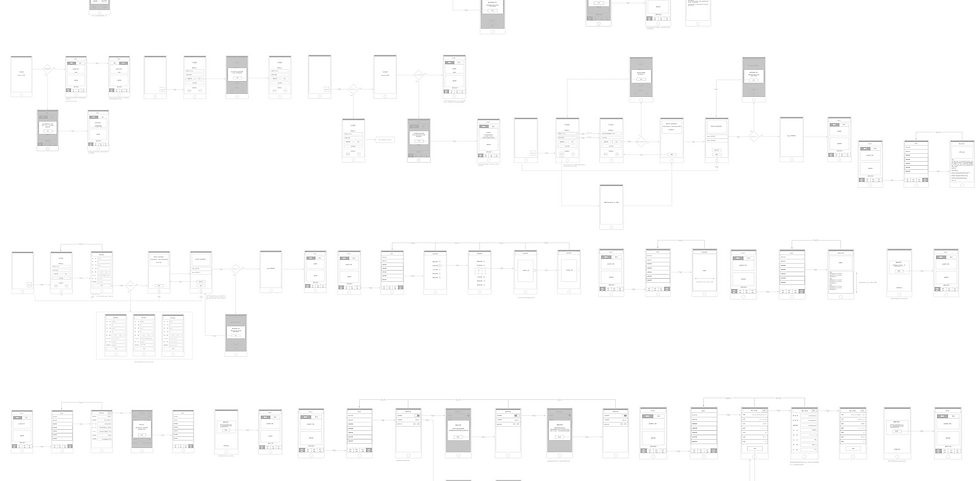
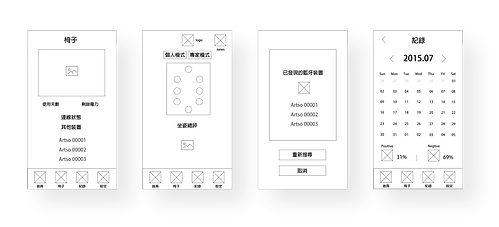
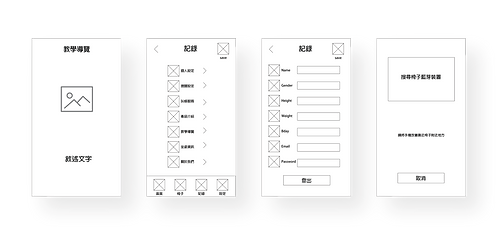
Wireframe & Prototype /.
The ergonomic chair app helps users monitor their real-time seating posture and receive alerts about uneven weight distribution that could lead to injuries. The interface must be straightforward. Upon opening the app, users see eight sensors overlaid with a thermal diagram showing their seating posture and weight distribution. Animations will reflect real-time thermal maps. Although the chair is still in production with ongoing hardware issues, we test the app in all conceivable scenarios. Despite extensive preparation, we remain adaptable to any exceptions. Collaborating with technicians, we stay updated on changes to the chair's mechanical system to align our app design accordingly.

UI Creation /



Early Stage Usability Test /
Even though the chair is incomplete, we must adhere to the schedule to deliver quality work on time. Testing the app without the chair creates a significant gap in results. Nonetheless, we present all possible scenarios to the client, simulating real-life conditions. We request a piece of the chair's cushion to use on a regular office chair for testing. Volunteers participate in the usability test, helping us improve the product with their feedback.
GUI Planning /
Our client wants a symbolic figure to represent the chair's spirit, ensuring users immediately connect with the app's concept. This idea aids both marketing and user experience. We chose the flamingo, known for its elegant and upright stance, as a fitting metaphor. The client loved the idea and eagerly anticipated the next phase.

Flamingo x Ukiyo-e /
Combining the flamingo with Ukiyo-e, a Japanese art style known for rich colors and bold lines, we created a unique visual identity. This scarce art form in mobile applications intrigued us, leading to multiple proposals in the Ukiyo-e style. The client appreciated our aesthetic approach.

Calligraphy Style with Added Personality /
The confirmed art style required careful font selection to maintain visual consistency. We chose fonts that complement the Ukiyo-e theme, ensuring a cohesive final design.


Sophisticated, Retro, and Reborn /
Icon design under the Ukiyo-e style involved extensive research. We aimed to balance ancient Japanese aesthetics with modern functionality. Bold, hand-drawn strokes and textured paint added authenticity. Designing the Artso app was a rewarding experience, challenging my abilities and elevating my aesthetics to a new level.
